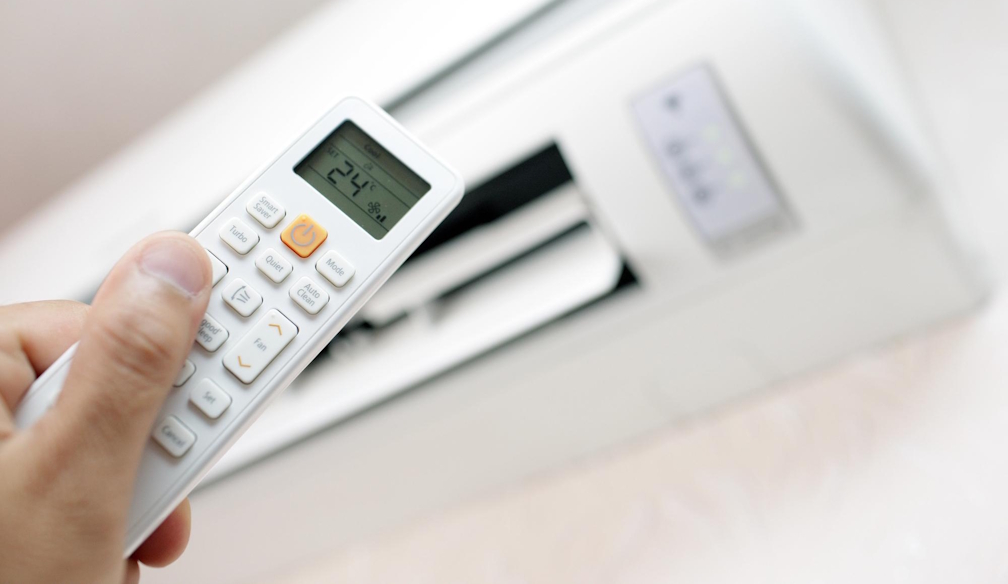Top Features of Energy‑Efficient Air Conditioners for Australian Homes

In recent years, energy efficiency has become more than just a buzzword for Australian households—it’s a necessity. With energy prices rising and climate change driving hotter summers and colder winters, families are looking for smarter ways to keep their homes comfortable without sending power bills soaring. Air conditioning plays a central role in this balance, and choosing an energy efficient system can make a significant difference. Not only do these systems reduce household costs, but they also help lower environmental impact—a double win for sustainability and savings.
Understanding Energy Efficiency Ratings
When shopping for a new air conditioner, the first thing to look at is the energy efficiency rating. In Australia, this is displayed through the government’s star rating system, which makes it easier to identify how well a unit performs. The rule of thumb is simple: the more stars, the better the efficiency. Over time, this translates to lower energy bills and reduced strain on the environment.
Two technical terms worth knowing are the Energy Efficiency Ratio (EER) and the Coefficient of Performance (COP). The EER measures cooling efficiency, while the COP measures heating efficiency. Understanding these ratings allows homeowners to make informed decisions that balance upfront costs with long term savings.
Inverter Technology: A Modern Must-Have
No conversation about energy efficiency is complete without mentioning inverter technology. Unlike traditional models that turn on and off repeatedly, inverter air conditioners adjust their compressor speed to maintain a steady temperature. This not only minimises energy consumption but also keeps your home more comfortable.
Across Australian households, inverter systems have become the gold standard. Families report noticeable reductions in power bills and appreciate the consistent climate control—especially in regions where weather conditions fluctuate dramatically. For anyone considering a new unit, opting for an inverter system is one of the smartest investments available today.
Smart Thermostats and Automation
Smart technology has transformed the way we use appliances, and air conditioning is no exception. Smart thermostats give homeowners more control over energy consumption by offering features such as remote adjustments, scheduling, and energy use monitoring. Many models integrate seamlessly with home automation systems, meaning you can adjust your AC settings from your phone—even while at work or on holiday.
This level of control ensures cooling and heating are used only when needed. For busy households, this translates into real cost savings while maintaining comfort.
Eco-Friendly Refrigerants
Air conditioners rely on refrigerants to cool the air, but traditional refrigerants have had damaging effects on the ozone layer and global warming. Thankfully, newer models in Australia are now equipped with eco friendly alternatives such as R 32. This refrigerant is not only more sustainable but also more efficient at transferring heat, which further reduces energy use.
For eco conscious homeowners, choosing an air conditioner with modern refrigerants is an important step toward reducing environmental impact while still enjoying reliable performance.
Additional Features for Enhanced Efficiency
Energy efficiency doesn’t stop at ratings and refrigerants—extra features can make a big difference. Some units come with humidity control, which reduces the need for excessive cooling by maintaining optimal indoor air balance. Others include sleep modes or timers, ensuring the system operates at lower capacity when less cooling or heating is needed.
Equally important is choosing the right size unit for your home. Oversized or undersized systems are inefficient and costly. Professional installation ensures the unit is tailored to your home’s layout, making the most of features like zoned cooling or dual inverter compressors. These additions improve comfort while further cutting energy use.
Reduce AC Running Costs with Smart Servicing Habits
While technology is essential, regular servicing remains the foundation of efficiency. A well maintained system not only lasts longer but also consumes less energy. Homeowners should clean filters regularly to maintain airflow and ensure outdoor units are free from leaves, dust, and obstructions.
However, professional servicing goes beyond basic cleaning. Annual inspections identify issues before they escalate into costly repairs or energy wastage. For those serious about cutting costs and boosting performance, scheduling servicing for better AC efficiency is a must. Trained technicians can fine tune your unit, check refrigerant levels, and ensure every component is running at peak performance.
The Smart Choice for Comfort and Sustainability
For Australian households, energy efficient air conditioners represent more than just a modern convenience—they’re a smart response to rising energy prices and growing environmental concerns. By understanding ratings, investing in inverter technology, adopting smart controls, and maintaining eco friendly refrigerants, homeowners can strike the perfect balance between comfort and responsibility.
Add to this the importance of regular servicing, and the benefits become even more compelling. Lower bills, a reduced carbon footprint, and reliable year round comfort are well within reach. Looking ahead, as technology continues to evolve, Australians can expect even more innovative options for sustainable climate control. Choosing energy efficient solutions today not only benefits your household—it helps build a more sustainable future for everyone.














